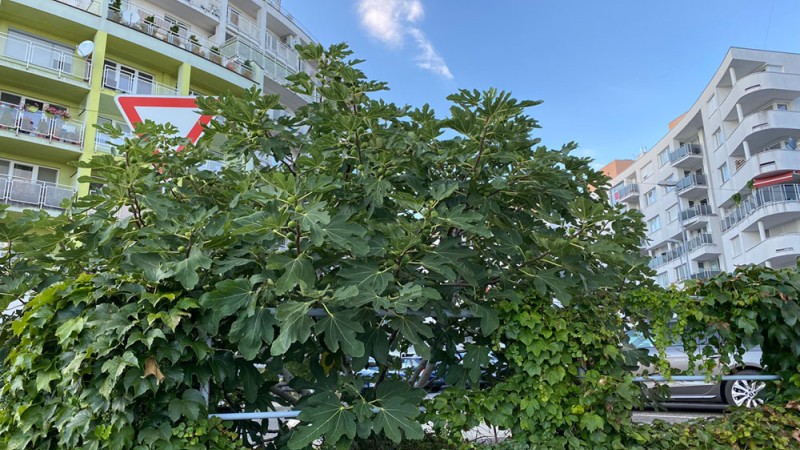
Fig trees are easy to grow and care for, but choosing the right location is key to success. When choosing the right planting site for your hardy fig tree, consider the following factors:
Climate
Fig trees grow successfully wherever vines grow. The planting site must provide full sunlight for at least 6-8 hours a day. If you live outside the vine growing area, you can still grow a fig tree in a pot, just choose the right compact variety.
Soil
Fig trees can adapt to a variety of soil types. They thrive best in well-drained loamy soil. Avoid heavy clay soil that retains water, as excessive moisture can cause root rot.
Mature fig tree size
When choosing a planting site, consider the size the fig tree will reach when fully grown. Ensure adequate space for growth, as limiting factors will result in yield losses.
Protection from cold winds
Although hardy fig trees can tolerate cooler temperatures, it is still a good idea to protect them from harsh winds and extreme frost. Choose a location that is protected from strong winds, such as a hedge, south-facing wall, or any building.
Irrigation
Older fig trees planted in open ground can withstand periods of drought without damage. For newly planted figs, it is necessary to have a water source ready at the planting site for regular irrigation until the plant is sufficiently established.
Accessibility to the planting site
Consider the accessibility of the planting site. Ensure that the fig tree is easily accessible for pruning and harvesting.
Avoid a site with competing vegetation
Choose a planting site that is free of competing vegetation, as this can hinder the growth and development of the fig tree. Remove any existing shrubs, weeds, or grass around the site before planting. Mulch in the form of wood chips or shredded tree bark will prevent unwanted weed growth and retain moisture.
Distance from other trees and buildings
Choose a planting location so that the fig tree has enough space. The distance from other trees should be at least 2 meters to avoid unwanted competition from the roots of neighboring trees and to ensure full access to sunlight.
Soil pH
Fig trees prefer slightly acidic soil with a pH range of 6.0-6.5.
Microclimatic influences
In areas with extreme climates, take advantage of the available microclimatic zones that occur in your garden. Choose locations near various heat-absorbing structures, such as building walls or brick fences, as these can create warmer zones for your fig tree. In urban areas known for creating heat islands, the fig plant can thrive in very limited space. In the Dlhé Diely housing estate in Bratislava, you can find a fig tree thriving in the middle of an urban heat island. One can marvel at the sight of a healthy fig tree full of fruit in the middle of concrete.
Remember that fig trees are extremely adaptable and often thrive in less than ideal conditions. However, by choosing the right planting site with optimal conditions, you can promote healthy growth, fruit production and overall vitality of your hardy fig tree. It is important to consult with local gardeners for specific recommendations when planting a fig tree in your specific region or climate. They can provide you with valuable knowledge and advice as they can take into account the specific conditions in your area.











